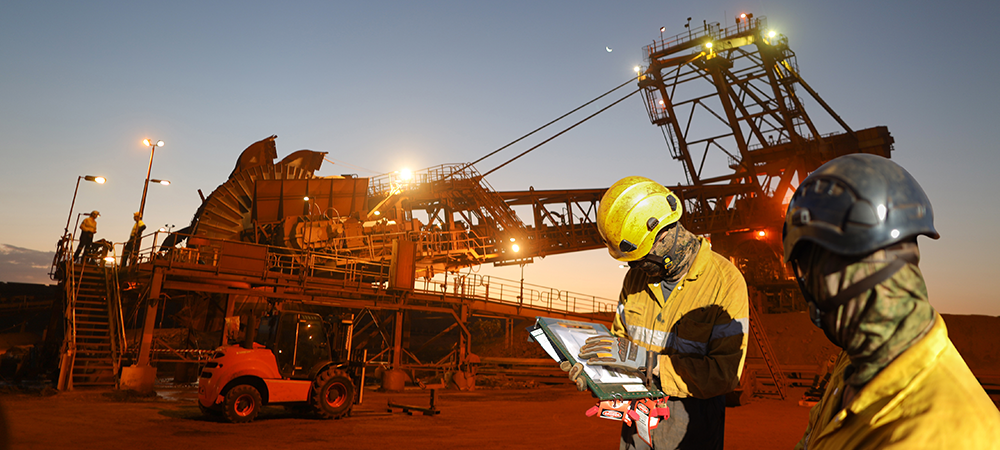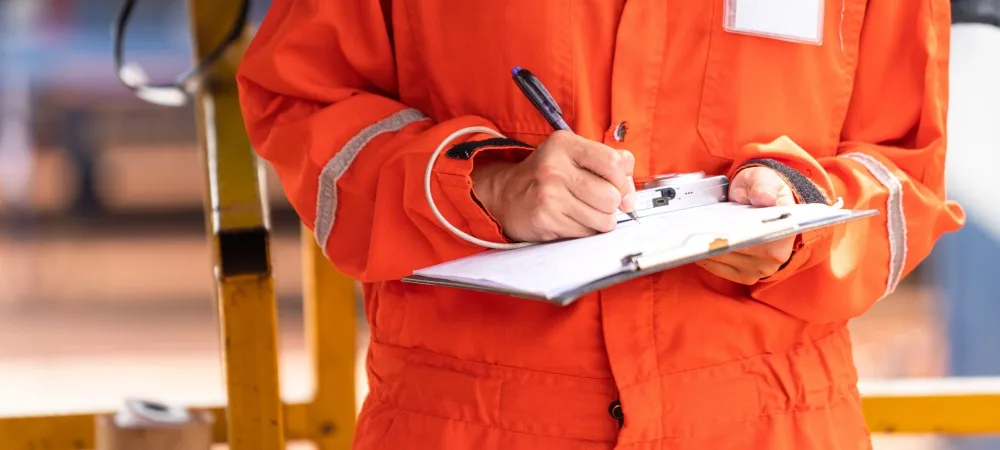
How to Conduct a Job Hazard Analysis
Job Hazard Analysis Prevent Injuries at Work
Workplace accidents happen, but there’s a lot employers and employees can do to prevent them. A job hazard analysis (JHA) is your key to better workplace safety, happier employees and ultimately a more successful business.
It might seem like there are just too many jobs, pieces of equipment and employees to really identify every potential hazard and keep everyone safe. But if you conduct a careful job hazard analysis, you can break each specific job down into simpler parts, making it much easier to spot hazards and find ways to prevent them from causing injury.
What is a Job Hazard Analysis?
A job hazard analysis is a form of hazard control where all jobs and processes in the workplace are fully assessed to identify any potential risks that could cause injury to workers. The time length, scale and complexity of a job hazard analysis can vary widely depending on the nature of the job, but they should always be quite involved and aim to spot every possible hazard.
For example, let’s say your employees spend a lot of their time lifting and moving heavy materials. Sounds simple, right? If you’re conducting a JHA, however, you’ll want to inspect every part of the process. That includes taking a look at:
- What it is they’re moving and whether those items themselves pose a risk
- Any potential hazards associated with the process of actually getting the materials
- What could happen to the employee once they actually go to lift the materials
- Environmental factors that could pose a hazard, like slippery floors or toxic materials
Why You Need a Job Hazard Analysis
Simply put, job hazard analyses are important because accidents can happen and you need to take the right steps to make sure your employees are as safe as possible while working. Without undertaking a proper analysis of every workplace hazard, job sites and even offices can be dangerous places. In fact, 12,900 workers are injured every day across the U.S., and 5,333 workers died on the job in 2019.
A proper job hazard analysis is one of the most effective ways to prevent these incidents from happening, protecting your employees while saving your organization from the costs associated with them.
What are the Benefits of Doing a Job Hazard Analysis?
Three of the top benefits of conducting a job hazard analysis are preventing workplace hazards, meeting OSHA compliance and improving communication between team members:
- Prevent Workplace Hazards: The most important benefit you get from a good job hazard analysis is that you pick out potential workplace hazards and put measures in place to prevent them from causing injury or worse.
- Meet OSHA Compliance: OSHA has a series of safety regulations that you’re required to be in compliance with. Conducting a job hazard analysis not only keeps your workers safe, but it also ensures that your organization is compliant with all OSHA standards so you don’t run into any issues down the road. This JHA webcast outlines ways to conduct a JHA to comply with requirements.
- Improve Communication: Part of a good job hazard analysis involves encouraging employees to speak up about their workplace conditions, including any hazards they experience and possible suggestions for mitigating them. This process can go a long way toward improving the quality of the relationships between your managers and team members.
4 Steps to Conducting a Job Hazard Analysis
Conducting a job hazard analysis might sound like an added hassle, but it’s essential if you want to prevent workplace injuries. It’s also a lot easier than it sounds. Follow these four steps to get started.
Step 1 – Choose the Jobs: Ideally, you should conduct a job safety analysis for every job, since hazards can exist anywhere and accidents can happen at any time. If you need to prioritize, though, you should focus on the jobs that tend to cause injuries more frequently.
Step 2 – Break Each Job into Parts: Once you’ve picked the jobs you want to assess, you need to break them down into their individual parts. Like we described above, that means picking apart every specific job task and assessing it on its own. You can do this by observing the job in action and communicating with those workers who typically perform it. Creating a JHA checklist like this one that lists the date of analysis, job title, job location/department, required personal protective equipment, basic job steps potential hazards and recommended procedure is a helpful way to track and record.
Step 3 – Identify the Hazards: Now it’s time to spot the possible safety hazards. Breaking the job down into parts should make this part easier, but it’s by no means simple. You need to ask yourself specific questions about each part of the job, like whether the equipment used poses a risk or if there is the potential for specific injuries like musculoskeletal disorders.
Step 4 – Make a Plan: You know your job hazards, now you need to do something about them. Developing a job hazard analysis plan for reducing (or totally eliminating) workplace hazards might involve changing processes, revamping your training procedures or even reorganizing your workspace to promote worker safety. Whatever you do, your employees should have easy access to all this information so they know exactly what to do to stay safe.
Team up with FFVA Mutual for Better Workplace Safety
A job safety analysis should be a key part of your efforts to recognize safety hazards in your workplace and put measures in place to prevent them from injuring your employees. It might sound like a daunting task, but using the above information can help you break the process down while delivering real results for your employees at the same time.
Our team of Solutionists at FFVA Mutual works with employers of every size and industry type to improve safety programs through in-person and online training and responsive claim management if an employee is injured on the job. Check out our safety training courses, which are free for policyholders.
Are you an employer looking for workers’ comp insurance coverage? Find one of our appointed agency partners near you and reach out today to get started with a quote!
FROM OUR BLOG
SEE MORE POSTS
How To Conduct a Safety Audit: A Step-by-Step Guide

Behavior Based Safety: Your Guide to a Safer Workplace
![OSHA’s Most Frequently Cited Standards [infographic]](https://www.ffvamutual.com/wp-content/uploads/1000-x-450-for-blog-post-main-banner-1.png)
